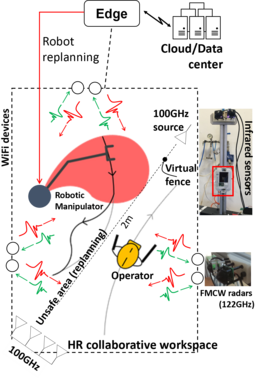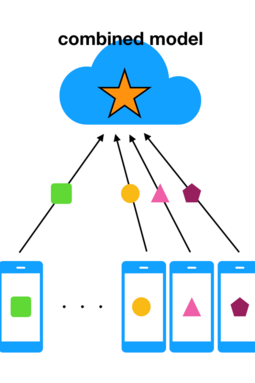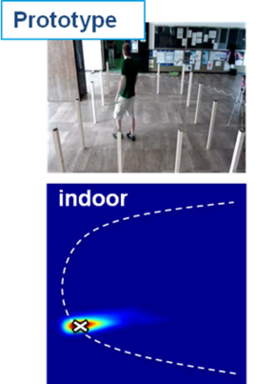Wireless Sensing

Smart Radio Sensing and Vision System for Beyond 5G Networks
The research activity aims at integrating a new generation of environmental recognition capabilities into embedded IoT 5G and beyond (6G) radio devices. Radio signals encode a 3D view of all moving/fixed objects traversed by their propagation, and such view can be recovered at the receiver(s) side by data processing and analytic tools. The project develops the key enabling technologies to decode this visual information by large-scale processing of radio signals. Radio Vision technology is based on the continuous monitoring of wireless signals, it is designed to perform real-time tracking of object motion (humans, robots, machines) in line-of-sight, non-line-of-sight, and through-the-wall scenarios. Subjects affect the electromagnetic field in a predictable way such that it is possible to track their movements in the space. The subjects may be actively avoiding localization, or they may be passive and not emitting any useful signals; however, a wireless network deployed to locate them may contain elements which actively transmit.
Learning and communications co-design in next generation wireless networks
The activity considers the integration of advanced AI methodologies within beyond cooperative wireless networks (beyond 5G, B5G). Distributed ML techniques, including federated learning (FL), represent a mushrooming multidisciplinary research area weaving in sensing, communication and learning. FL enables continual model training in distributed wireless systems: rather than fusing raw data samples at a centralized server, FL leverages a cooperative fusion approach where networked, collaborative agents, connected via reliable and low-latency wireless links, act as distributed learners that periodically exchange their locally trained model parameters. The activity explores opportunities of FL in B5G wireless networks.


EM Body models for opportunistic radar and communications networks
The research activity targets a deep understanding of the effects of body motions on EM fields, as well as novel predictive models ready for standardization. The goal is to advance EM tools/models for real-time prediction of shadowing/fading effects over the whole EM spectrum, as key elements for the evaluation of human motion, intentions and activities. In addition to conventional RF bands adopted for WiFi or cellular radios and IoT, emerging mm-wave radio communication technologies are also addressed defined over the unexplored, E- and sub-THz bands. These are foreseen in next generation communication standards (5G and beyond).